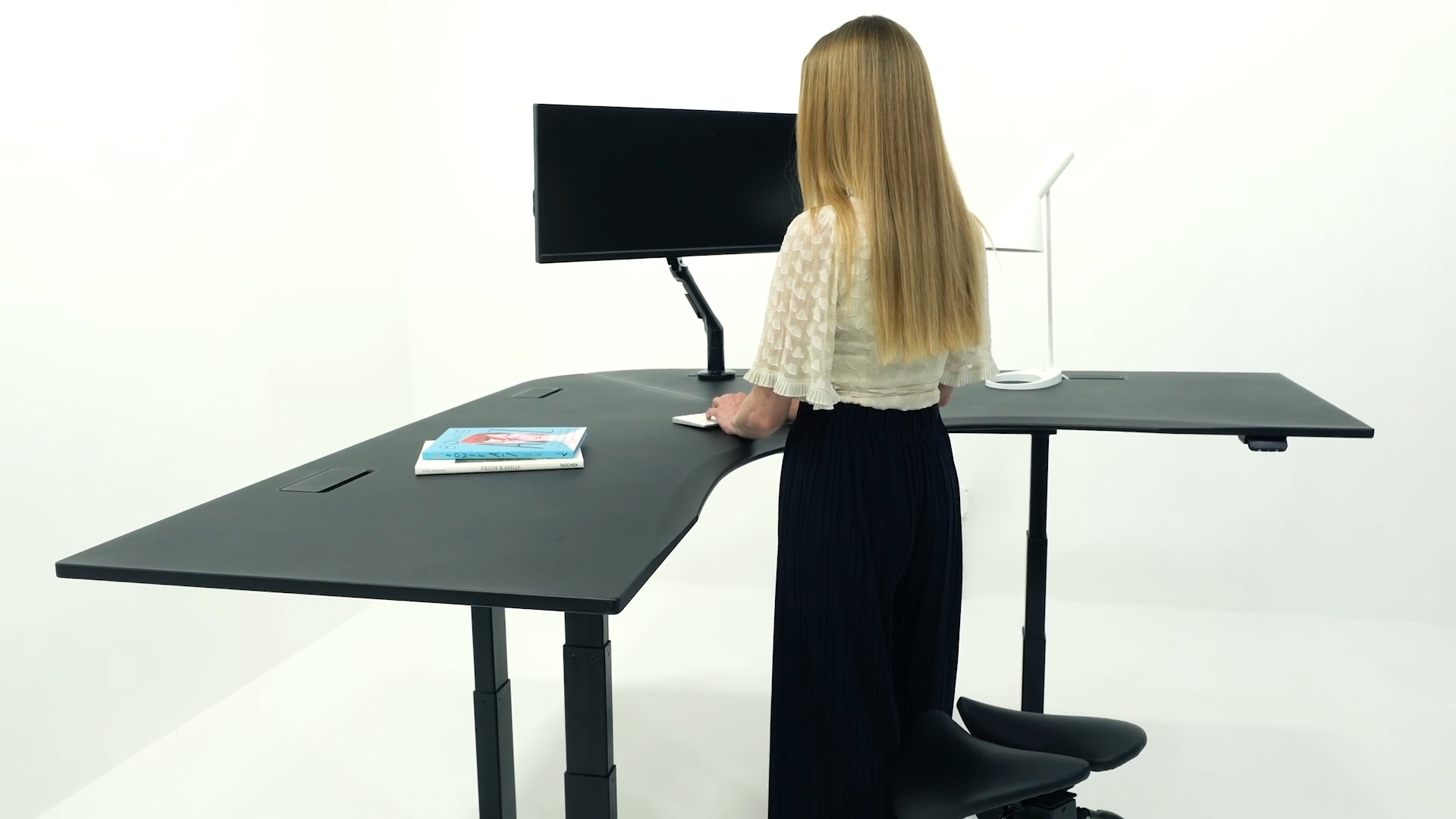In the rapid pace of today’s work culture, achieving and maintaining high productivity levels is no longer just an aspiration, it’s essential. For many professionals, productivity is a key metric by which their performance is evaluated, directly impacting job stability and career progression. Despite this, numerous individuals face regular dips in productivity, which can lead to feelings of frustration and self-doubt.
This is where the standing desk comes into play — a tool that offers more than merely an alternative to sitting. While the health advantages associated with standing desks are well-known, their impact on productivity is a fascinating area of study. By providing a new vantage point, both physically and mentally, standing desks could be the solution to enhancing sustained focus, improving efficiency, and increasing overall job satisfaction. Here https://www.progressivedesk.ca/ you can explore diverse models of adjustable desks to boost your productivity or the effectiveness of your employees.
The Strong Connection Between Productivity and Job Satisfaction
Productivity goes beyond merely ticking off tasks; it’s deeply connected to how we perceive our professional worth and identity. When we are productive, it instills a sense of achievement, affirming our contributions and reinforcing our importance within the team. This positive reinforcement directly impacts our job satisfaction, making us more invested and enthusiastic about our work.
On the flip side, a dip in productivity can lead to feelings of inadequacy. As doubts start to surface, we may begin to question our abilities and the quality of our output. Over time, these negative thoughts can chip away at our self-confidence, making us more reluctant to embrace new challenges or share our ideas. This downward spiral can result in diminished job satisfaction, which in turn affects our motivation, engagement, and even our career growth.
In this scenario, an electric standing desk offers more than just an alternative to sitting — it represents a proactive strategy for addressing productivity issues. By breaking away from the repetitive nature of a traditional seated workspace, they bring fresh energy to our work environment, potentially reigniting our enthusiasm and drive. As we’ll discuss further, this simple shift can significantly impact productivity and, consequently, overall job satisfaction.
Unseen Consequences of Declining Productivity
While the immediate impact of a productivity dip—such as missing deadlines or accumulating tasks — is easy to spot, the deeper, more subtle costs can have lasting effects on one’s professional path.
When productivity issues persist, motivation often wanes. The ongoing struggle to achieve desired outcomes can lead individuals to question the purpose of their efforts, resulting in a significant drop in enthusiasm and drive. Frequent setbacks in productivity can also give rise to feelings of inadequacy. This self-doubt may cause hesitation in accepting new projects, reluctance to share ideas, or even avoidance of team collaborations.
Moreover, the constant effort to catch up, combined with the stress of falling behind, can lead to burnout. This state of chronic physical and emotional exhaustion further diminishes productivity and adversely affects overall well-being. Reduced productivity can also mean missed opportunities for career growth. Whether it’s leading a new project, participating in a valuable workshop, or securing a promotion, these chances can slip away, often unnoticed, due to productivity struggles.
Additionally, an individual’s productivity issues can disrupt team dynamics. Uneven work distribution, increased pressure on colleagues, and potential conflicts may arise, impacting the overall harmony and effectiveness of the team. Standing desks, with their potential to enhance productivity, offer a way to counter these hidden challenges. By addressing the underlying causes of productivity loss, they empower professionals to regain control of their work, rebuild their confidence, and reaffirm their value within the team.
Clarifying Common Misconceptions About Standing Desks and Productivity
As the advantages of standing desks for enhancing productivity become more widely recognized, it’s important to address some common misconceptions:
“Standing All Day Boosts Productivity”: It’s crucial to find a balance. Standing all day can be just as harmful as sitting for long periods. The key is to alternate between sitting and standing to maintain energy levels and concentration.
“Adjustable Desks are a Distraction”: Some people think that the novelty of a standing desk can be distracting. However, once it becomes a regular part of the routine, a standing desk evolves into a productivity-enhancing tool rather than a novelty.
“The Benefits of Standing Desks Don’t Last”: While there might be an initial productivity boost due to the novelty, many users experience long-term benefits as they adjust to their new work environment.
“Only Certain Jobs Benefit from Standing Desks”: Although certain jobs may naturally favor a standing posture, nearly any profession can benefit from the flexibility of switching between sitting and standing.
“Standing Desks are Just a Trend”: With growing evidence supporting the productivity benefits of standing desks, it’s clear that they are more than just a passing trend. They address key workplace challenges and offer solutions with a lasting impact.
By recognizing and addressing these misconceptions, we can better understand the real value that standing desks bring to the modern workplace, particularly in boosting productivity.

